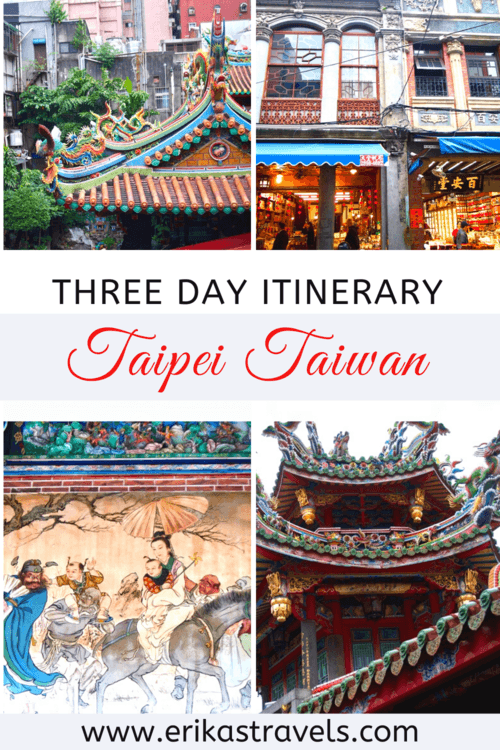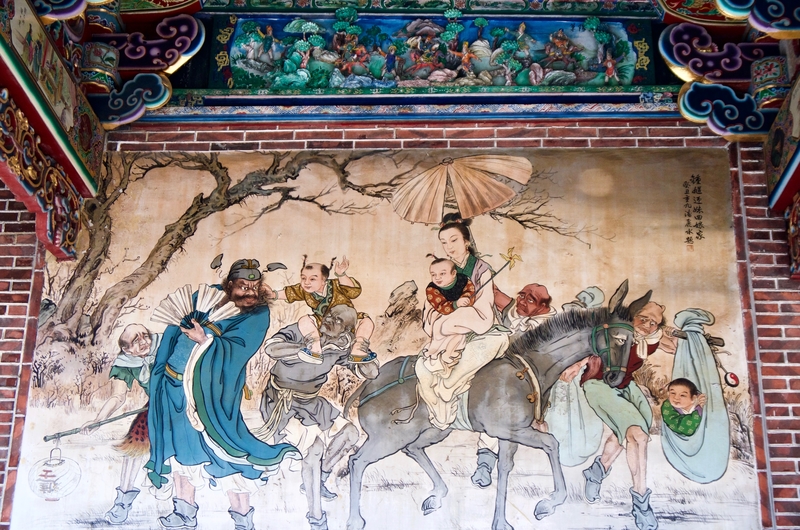
Three Day Taipei Itinerary
Taipei’s beauty lies in its blend of ancient history and modern design. A living museum of East Asian civilization, Taiwan’s capital city boasts intricate temples, bustling markets and innovative architectural feats. Currently a de facto independent state with a functioning government but limited international recognition, Taiwan has a long history of occupation by vying empires. As a result, Taipei is a curious fusion of Japanese anime curiosities, deep-rooted religious tradition and foodie flair. The city’s temples buzz with the pious; its Japanese-era houses have been restored to their former glory; and its markets serve up everything from fried crab to bubble tea.
THE BEST OF TAIPEI: A THREE DAY ITINERARY
Taipei is Taiwan’s capital, as well as its largest city. and the first stop on almost every Taiwan itinerary. Taipei is such a dynamic and multifaceted city that, even after three days, we felt we only skimmed the surface of things to see. With more time, we would have loved to hike Elephant Mountain, ride a cable car to Maokong, or take a day trip to Jiufen.
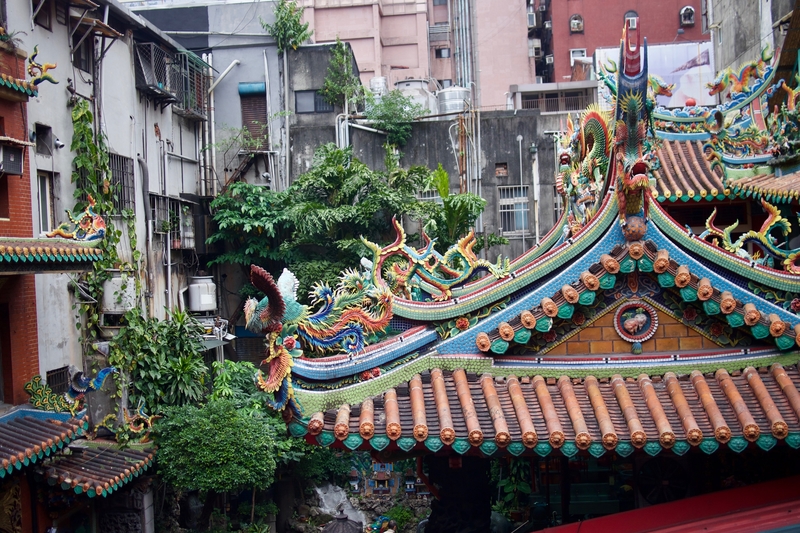
Nevertheless, our visit to Taipei was filled with both hot-ticket attractions and unexpected surprises. During our three days in Taipei, we reveled in all that makes the city such a dynamic place to visit–beginning with Taipei’s ancient heritage, continuing with its its triumphant and tragic past and finishing at the top of the world with its cutting-edge architecture.
ITINERARY DAY 1: THE CHARMS OF OLD TAIPEI
We began our three day Taipei itinerary with a visit to the city’s temple-laden streets. Many of Taipei’s most beautiful temples reside in the Wanhua District of Old Taipei, a stone’s throw from the excellent and affordable Ximen 35 Hotel.
Taipei’s temples are ornate and colorful incense-filled places of worship. Most of the temples in Taipei combine Buddhist, Taoist and Confucianist influence–lending them unique in their intricacy and design.
-
WANHUA DISTRICT TEMPLES
The Longshan Temple–Taipei’s most famous– is one of the oldest and largest religious structures in Taiwan. A 1738 building that has withstood wars and natural disasters, the temple was originally constructed as a gathering place for Chinese settlers from Fujian.
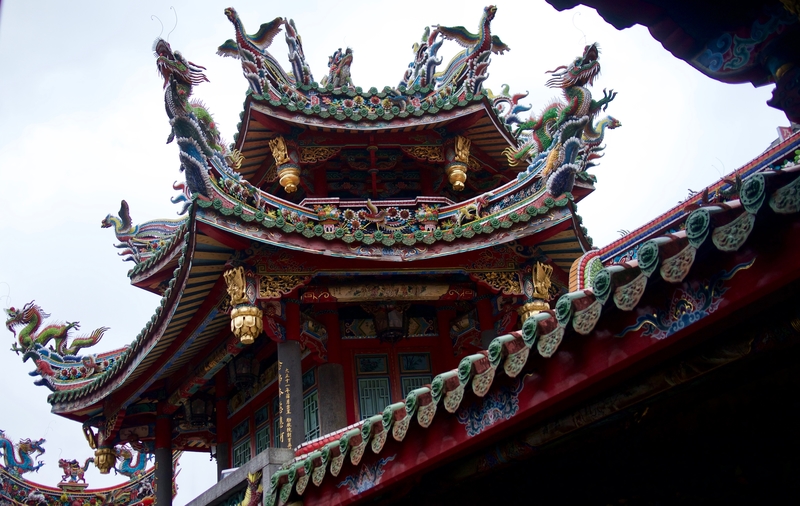
The revered Longshan Temple is one of the three most important religious sites in the Wanhua District, alongside Banka Quingshui Temple and the Tianhou Temple.
-
DATONG TEMPLES
From the Wanhua District, we continued our Taipei temple-hopping itinerary with visits to the most beautiful temples in Datong. The Datong District houses two of Taipei’s top attractions–the Taipei Confucius Temple and the adjacent Dalongdon Bao’an Temple.
The Dalongdon Bao An Temple, in particular, is an exquisite UNESCO World Heritage Site covered in ornate paintings and intricate floral motifs.

Temples are everywhere in Taipei–lining busy streets, quiet lanes and forgotten alleyways. Though one could spend days meandering from one temple to the next, we contented ourselves with a half day of religious sightseeing before continuing to Dihua Street.
-
DIHUA STREET TAIPEI
Dihua Street is one of the best-preserved streets in Taipei. Situated in the heart of Datong, the area’s restored buildings date back to the 1800s. Dihua’s historical buildings house traditional storefronts and apothecaries that are overflowing with loose-leaf teas, herbal medicines, sundries and spices.
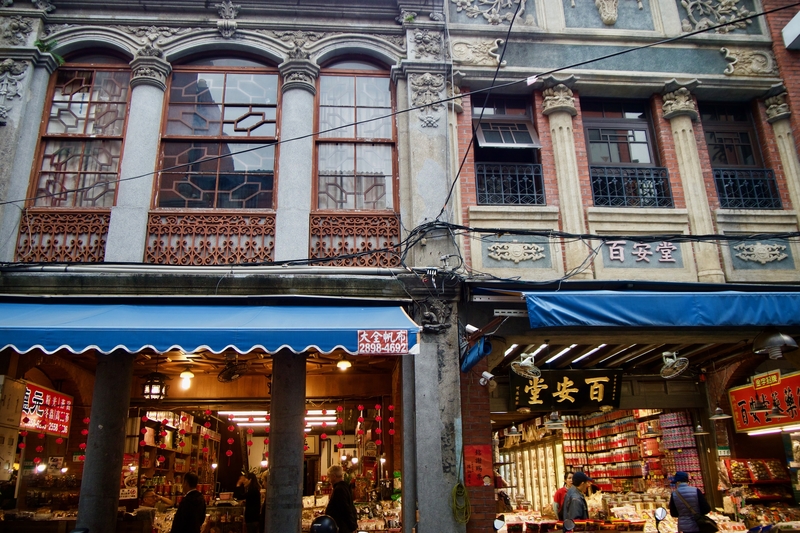
Following a whirlwind tour of Old Taipei’s highlights, we spent the evening near our hotel in Ximending.
-
XIMENDING TAIPEI
Bright lights and color characterize Ximending. It is a youthful and exuberant district, similar to Tokyo’s quirky Harajuku Street. With billboards displaying cartoon characters, stores selling the latest fashion trends and floods of people milling about, Ximending is worlds away from the incense-filled places of worship nearby.
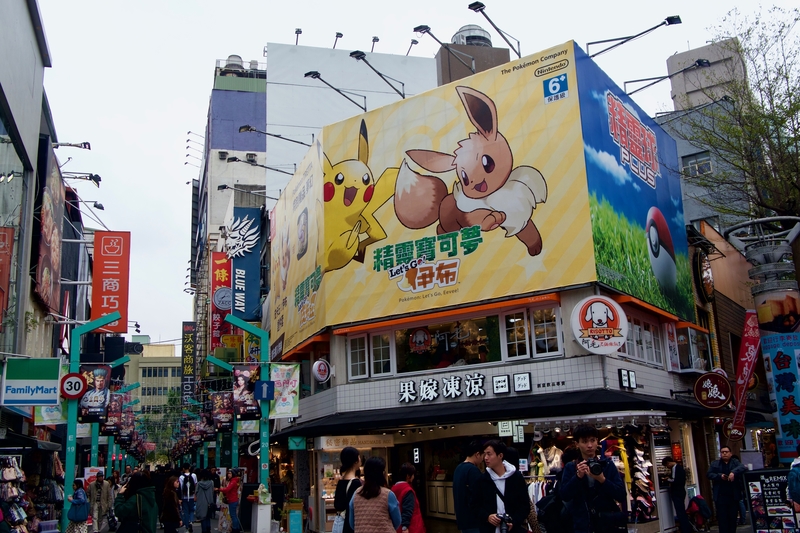
TAIPEI ITINERARY DAY 2: MEMORIALS AND MUSEUMS
Our second day in Taipei introduced us to the island’s historical and artistic heritage. We began our sightseeing itinerary with a visit to the Chiang Kai Shek Memorial and ended it at the National Palace Museum.
-
CHIANG KAI SHEK MEMORIAL
The massive consortium of buildings consists of a memorial hall, the National Theater, the National Concert Hall and an imposing gate. All buildings encircle Liberty Square–a vast symmetrical gathering place that has been the epicenter of Taiwan’s liberation struggles.
Erected in honor of former Chinese president-in-exile, Chiang Kai Shek, the stately memorial is one of the most prominent symbols of Taiwan. Chiang was a nationalist leader who ruled China between 1928 and 1949. When Mao Zedong’s communist party usurped power, Chiang retreated to Taiwan. There, he established a government in exile.
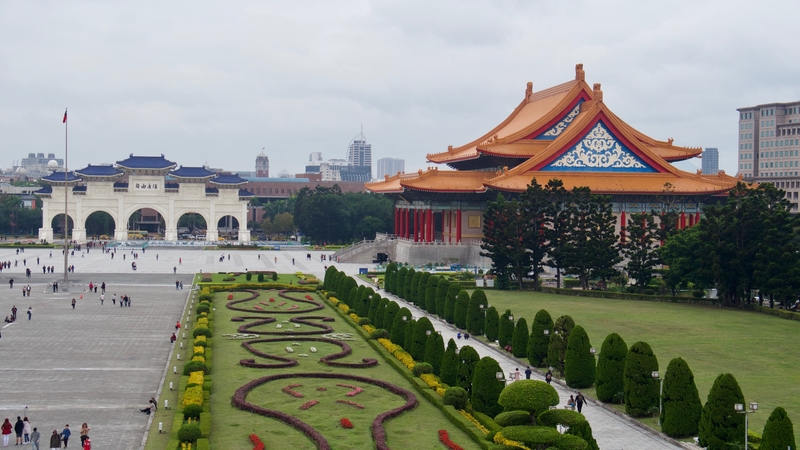
A controversial figure in Taiwan, some view Chiang as a hero who fended off the communists and recovered Taiwan from Japanese colonial rule. Others view him as the face of a party that seized Taiwan’s sovereignty and attempted to squander its culture.
Despite the controversy surrounding Chiang Kai Shek himself, the impressive memorial is one of Taiwan’s most recognizable attractions and a noteworthy place to visit.
-
HUASHAN 1914 CREATIVE PARK
From the Chiang Kai Shek Memorial, we hopped back on the MRT metro and headed to the Huashan 1914 Creative Park. The winery-turned-boutique-area is one of Taipei’s best spots for shopping and picnicking.
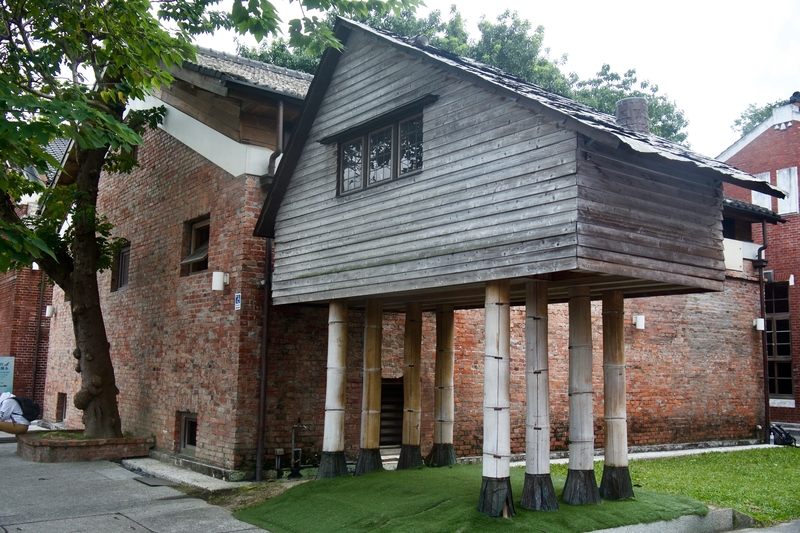
Built in 1914 as a Japanese sake brewery and later repurposed as a camphor refinement mill, the facility has more recently transformed into an arts and culture center. The Creative Park is home to a large grassy area suitable for recreation, as well as an indoor shopping complex that consists of niche stores and eateries. It is a wonderful place to spend the afternoon and get familiarized with Taipei’s modern creative impulses.
-
NATIONAL PALACE MUSEUM OF TAIPEI
We rounded out our second day in Taipei with a visit to the National Palace Museum. We only had a few hours to dedicate to the exhibition halls of the museum. But like the world’s other great museums, one could spend the better part of a day admiring its pilfered treasures.
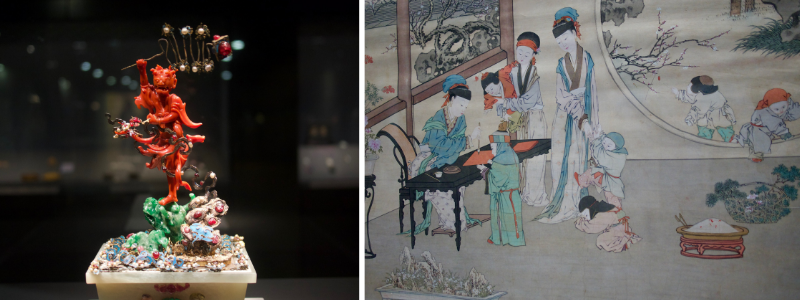
The National Palace Museum houses over 700,000 permanent Chinese artworks spanning 8,000 years of history. Sometimes referred to as the Louvre of the Chinese-speaking world, the National Palace Museum hosts an exquisite collections of carvings, ceramics, paintings and calligraphy. Entrance to the museum costs NT$350. Those who are planning on visiting the Taipei 101 observatory, should consider buying a combination pass for NT$800.
TAIPEI ITINERARY DAY 3: OUT OF THE CITY AND UP IN THE SKY
We began our third day in Taipei with a trip to the top of the Taipei 101—Taiwan’s tallest skyscraper and an impressive feat of modern engineering.
Following our ascent into the clouds, we we spent a few hours enjoying some of the top sights in Beitou.
In the evening, we rounded out our itinerary with a tantalizing sampling of Taipei’s best street food.
-
THE TAIPEI 101
The bamboo-shaped Taipei 101 is the world’s second-tallest building, having lost the number one spot to the Burj Khalifa in Dubai in 2004.
Tickets to the top of the Taipei 101 are pricey. Originally, we weren’t sure if we wanted to pay the steep entrance fee. However, since climbing the Taipei 101 is considered to be one of the top things to do in Taipei, we eventually caved.
We’re glad we did.
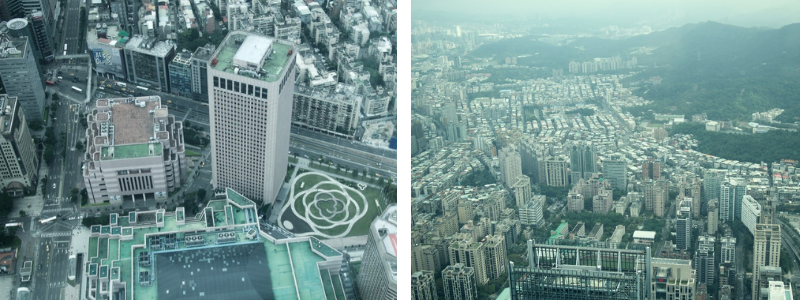
From the Taipei 101 observation deck, the world below looks like a miniature toy city.
-
THE BEITOU SPRINGS
Following our tour of the Taipei 101’s observation deck, we took the MRT to Xinbeitou, the last stop on the red metro line.
Beitou is a small Japanese-style resort town renowned for its hot springs. First developed during the Japanese colonial occupation of Taiwan, the hot spring village around Xinbeitou MRT is a popular half-day trip from Taipei’s downtown.
Top sights and activities in Beitou include the Beitou Hot Spring Museum, the Taiwan Folk Arts Museum, the Beitou Geothermal Valley and, of course, the popular soaking springs themselves.
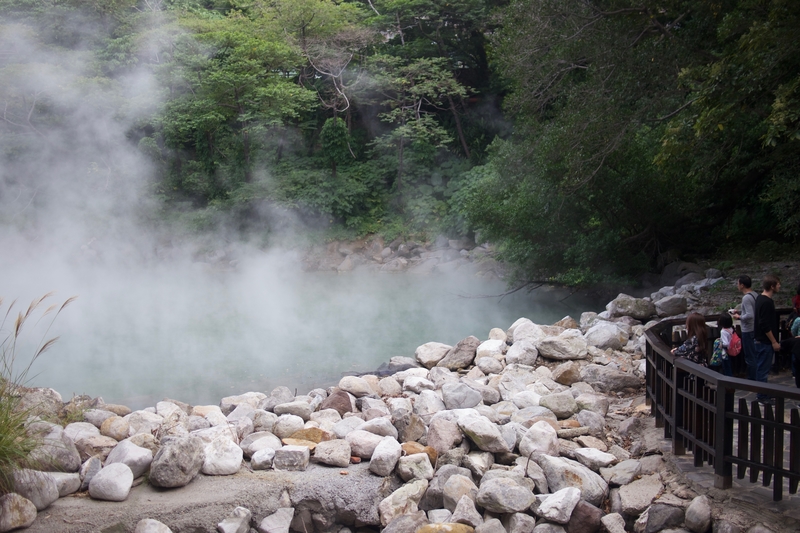
We didn’t actually take the time to soak in the springs, though we enjoyed walking the streets of Beitou and learning a bit about the area’s geothermal activity. The tranquil streets of town are a calm juxtaposition to the lights and traffic and constant bustle of Taipei’s urban core.
-
THE TAIPEI NIGHT MARKETS
There are a million reasons to visit Taiwan, but the diverse food scene is one of the country’s primary appeals. Perhaps more than any other city in the world, Taiwan is known for its night markets. Forget clubs or bars. In Taipei, the best place to spend an evening out is in one of the city’s street food hotspots.
So after admiring the world below from the top of the Taipei 101 and walking the streets of sleepy Beitou, we took the MRT to the Rahoe Night Market in order to indulge in Taipei’s street food offerings.
Though the Rahoe Night Market was one of our favorites foodie hotspots in Taipei, fantastic street food accompanied us everywhere we went. There are dozens of night markets scattered around Taipei. Each offers a smorgasbord of tantalizing goodies. During our three days in Taipei, we indulged in food from morning to night–devouring tapioca waffles, softshell crab, bubble tea and dumplings like it was our job.
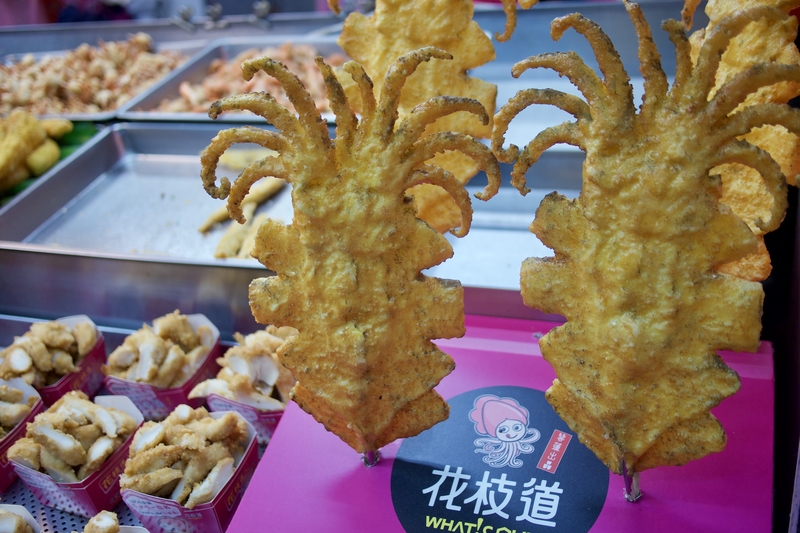
There are a thousand and one things to do in Taipei, and sampling the city’s culinary delights ranks somewhere near the top of the list.
The proliferous presence of tasty food was a reminder that, in Taipei, sightseeing and eating go hand in hand.
****
Taipei takes great pride in celebrating its history. It is a city of temples that showcase the city’s heritage, and modern buildings that push the limits of possibility. It is at once traditional, cutting edge and downright wacky. It is a Shanghai meets Tokyo, with its own Taiwanese twist. A place that houses both one of the world’s largest art collections and what is, undoubtedly, one of the world’s largest concentrations of cartoon characters.
In this bustling Asian metropolis that defies categorization, I’m sure of one thing:
No matter how many days you spend in Taipei, you’ll never run out of things to do, places to see, or delicious foods to eat.
______________
Additional Resources and Tips for Visiting Taipei:
- I split my three day Taipei itinerary in half with a two day trip to the Taroko Gorge National Park. While the gorge can be visited as a day trip from Taipei, the spectacular national park is best explored in two or more days
- Hotel prices in Taipei skyrocket on the weekends. I recommend securing weekend accommodation in advance. For budget travelers, I wholeheartedly recommend the centrally-located Ximen 35 Hotel.
______________
Did You Enjoy This Taipei Itinerary? Pin It!
